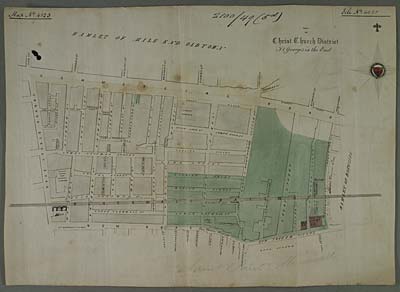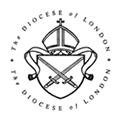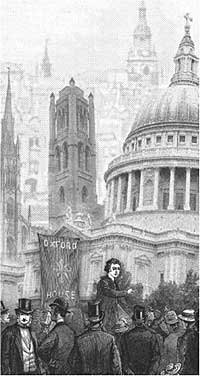Historical themes in the Diocese of London: How successfully did the churches reach out to the working classes?
The question of London 's social, moral and spiritual condition generated widespread interest during the Victorian and Edwardian periods. The Church of England responded to the challenge of urbanisation by church/congregation planting and social involvement.
Look
Does the area appear to have working class characteristics in the present? Can you find industrial buildings which suggest the existence of a significant working class population in the past (are there, for example, flat and apartment conversions in old brick mills and warehouses)? Were churches built in these areas and are they still open?
Listen
Older and longstanding members of the community should be able to inform you about the past character of the area. Did they themselves come from working class families, or do they remember the area (or districts within it) as working class or poor? More specifically, you could ask whether they have any personal or family memory of religious involvement. See here for more information on oral history.

Parishes responded to the growth of working class populations in urban areas by forming new ‘districts’ for ministry. This map shows the Christ Church district of St George in the East. (Image courtesy of the Trustees of Lambeth Palace Library).
Read
The following books may be useful:
Marc Brodie, The Politics of the Poor: The East End of London 1885-1914, Oxford: OUP, 2004.
Gareth Stedman-Jones, Outcast London: A Study of the Relationship between Classes in Victorian London, Oxford: OUP, 1971.
Jeffrey Cox, The English Churches in a Secular Society: Lambeth, 1870-1930, Oxford: OUP, 1982.
Sarah Williams, Religious Belief and Popular Culture in Southwark, c. 1880-1939, Oxford: OUP, 1999.
Hugh McLeod, Piety and Poverty: Working Class Religion in Berlin, London and New York, 1870-1914, London: Holmes and Meier, 1996.
Research
An excellent place to begin is Charles Booth survey of working class life undertaken between 1886 and 1903. Another invaluable resource is the Booth maps, which indicate levels of poverty on a street by street basis – see booth.lse.ac.uk. There are also a range of sources indicating Anglican perceptions of working class religiosity. The Booth surveys contain descriptions of working class religion and irreligion and the visitation returns in the Fulham Papers at Lambeth Palace Library may have descriptions by clergy and churchwardens of social conditions in the parish. In addition, there are various religious censuses which indicate levels of church attendance in individual London parishes. A survey by the British Weekly in 1886 has been published as The Religious Censuses of London (1888) and a survey conducted for the London Daily News was published in 1904 by Richard Mudie-Smith as Religious Life of London - this is also available online.






